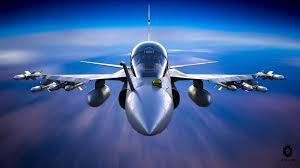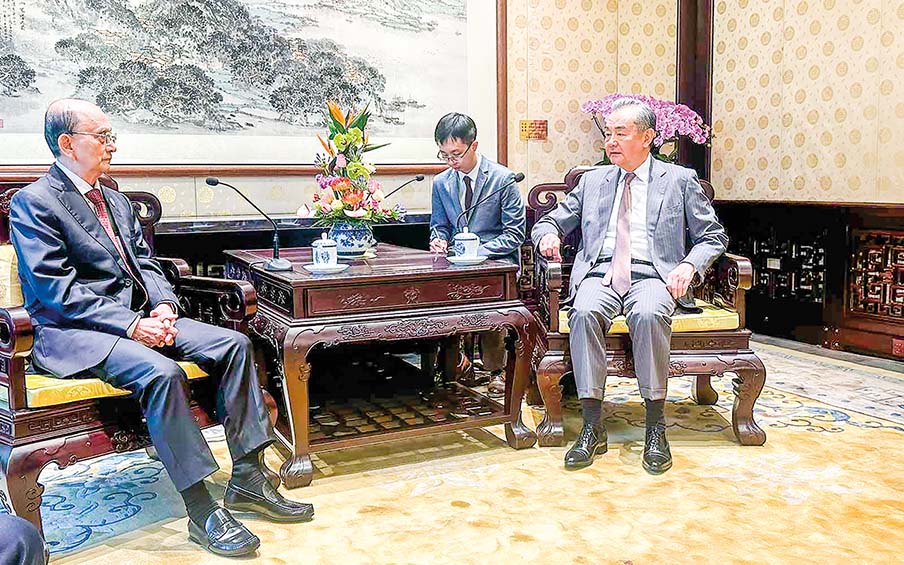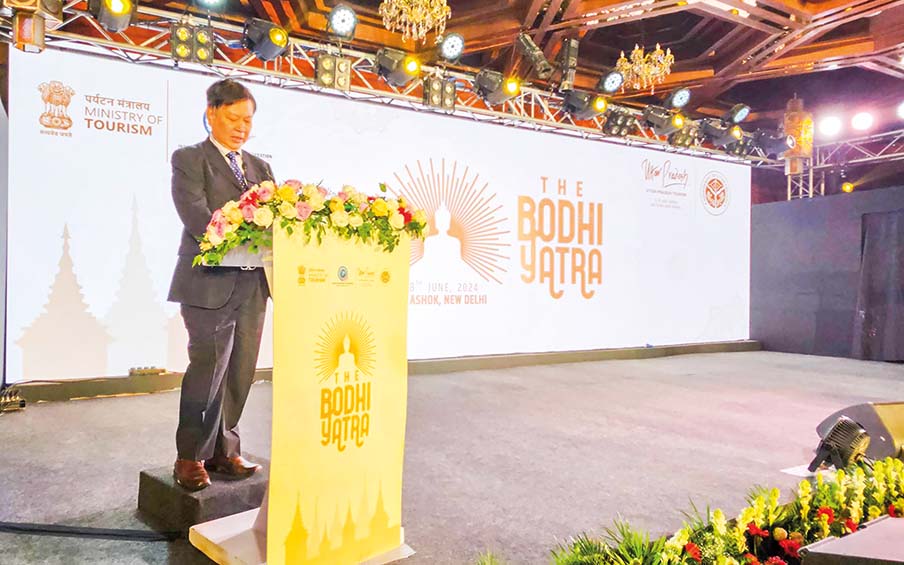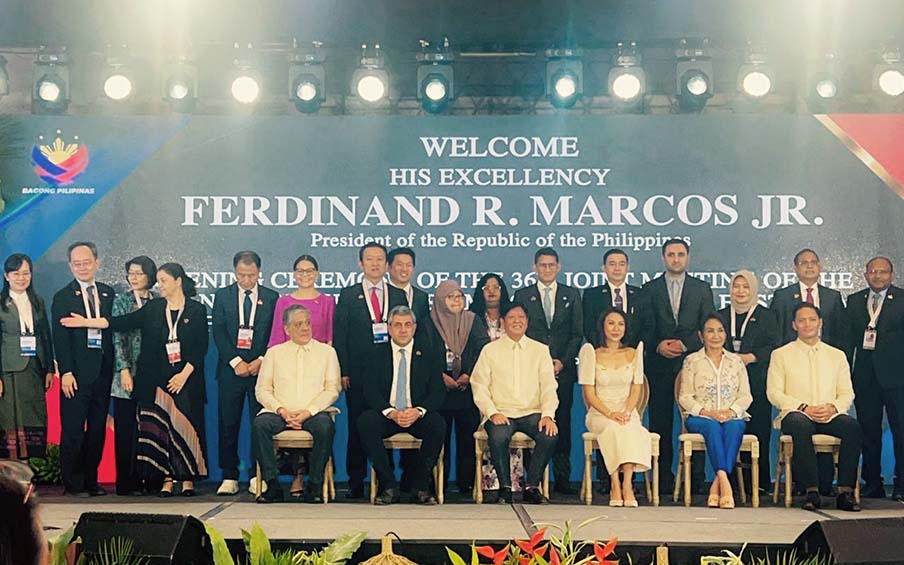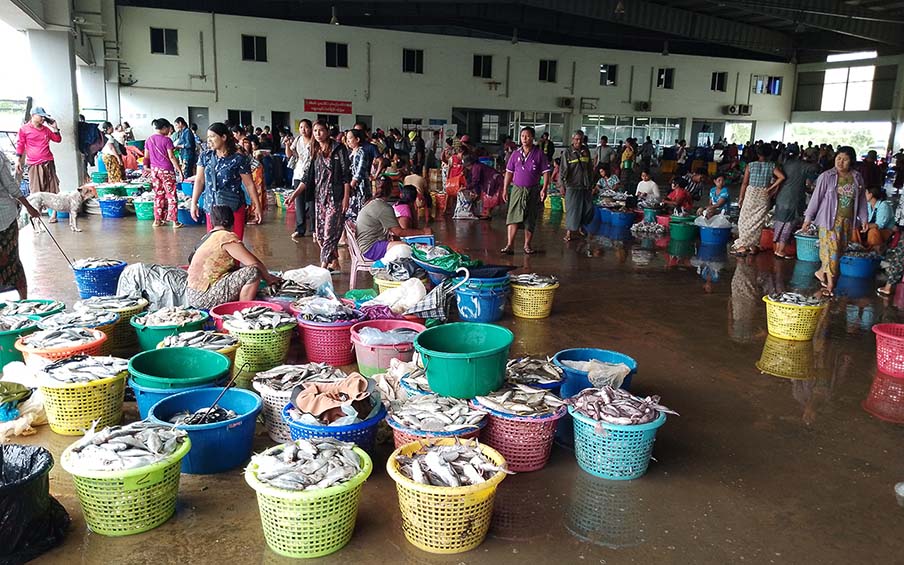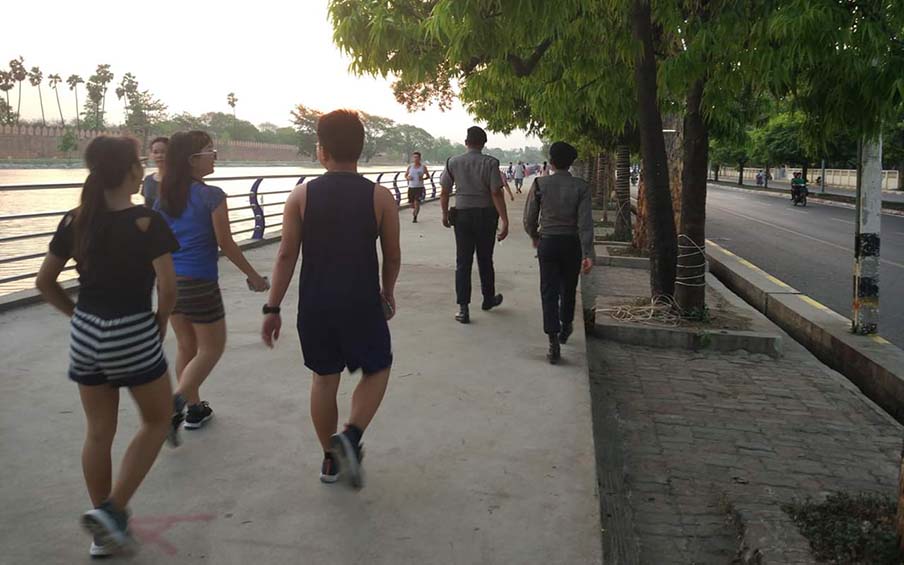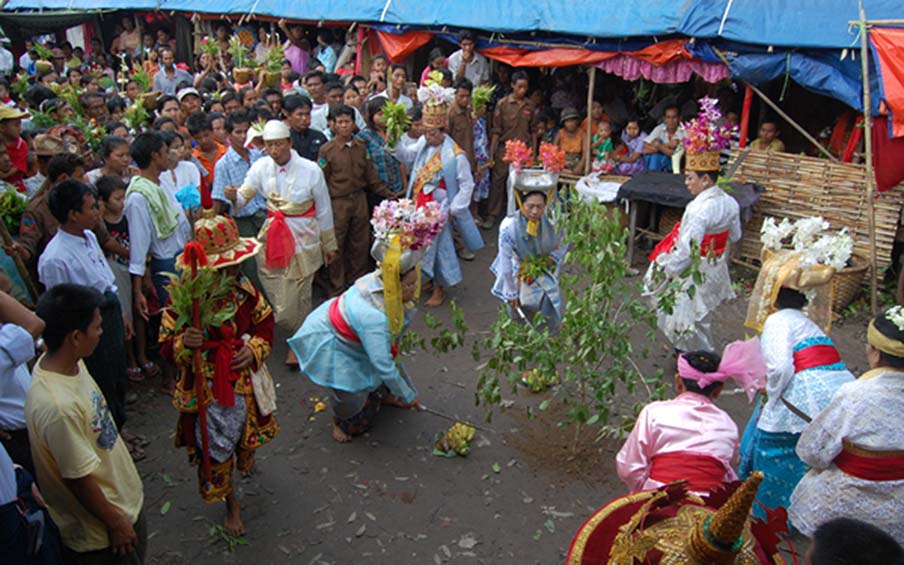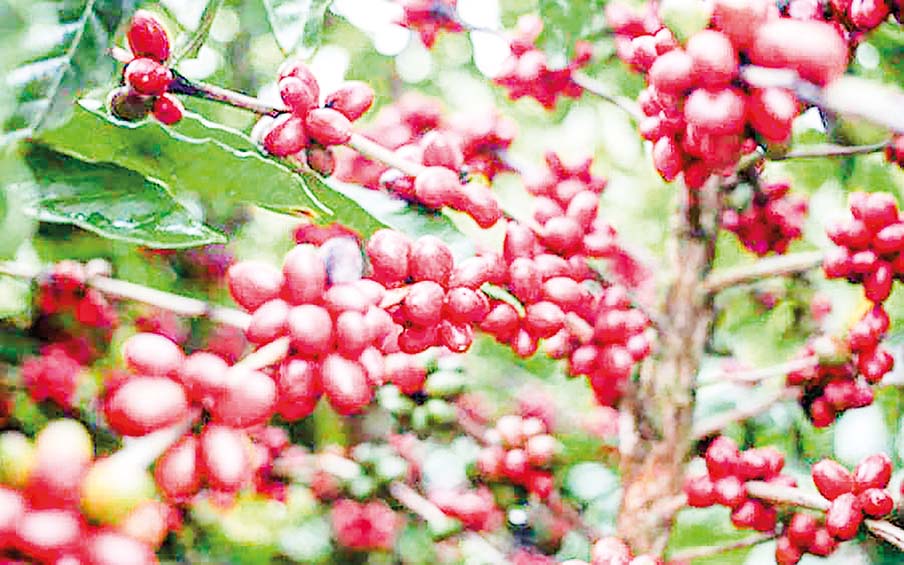BY S VENKAT NARAYAN
Our Special Correspondent
India’s big defence indigenization push is leading to making at home most of the weaponry it needs for its security. It is also exporting weapons to 85 countries.
SIPRI (Stockholm International Peace Research Institute) data on international arms transfer trends also highlights that about 50 per cent of India’s defence exports from 2017 to 2021 were to Myanmar, followed by Sri Lanka (25 per cent), and Armenia (11 per cent).
Exports to Armenia included, besides mounted artillery, Pinaka multi-barrel rocket launchers, Konkurs anti-tank guided missile and a wide variety of ammunition.
Till recently, the country was importing even basic items such as aircraft paint, cargo nets and slings for helicopters, anti-collision lights for fighter jets, landing lights for trainer aircraft and LED lights for warships. They now figure on a list of hundreds of military components that are being made in India, and exported, too, according to people in the know.
These items are among the 4,666 including replacement units, subsystems, spares and components that have been placed under a phased import ban by the defence ministry. It has published four positive indigenisation lists during the last one and a half years. The fourth list of 928 items was published in May.
Of these, 2,736 items have been indigenized so far in a fresh push for self-reliance and the remaining will be manufactured in India in line with the prescribed timelines between December 2023 and December 2029.
These items are used in military platforms including fighter planes, helicopters, trainer aircraft, warships, tanks, infantry combat vehicles, high-mobility trucks, defence electronics and different types of ammunition.
Other items that are now being manufactured in the country include missile approach warning sensors for helicopters, laser warning systems for armoured fighting vehicles, firefighting systems for warships, electronic warfare systems, and naval fire control systems, the officials said.
The indigenization has been achieved by various defence public sector undertakings either through industry partners, including micro, small & medium enterprises (MSMEs), or in-house, said another official. The total import substitution value of the 2,736 items indigenised so far stands at INR 25.70 billion, according to defence ministry data.
“In India, the private sector has been making components for foreign military contractors for years. The expertise is there, and it is high time that it is tapped to power the indigenisation drive at the lower end of the spectrum, which is subsystems, spares and components, while simultaneously focusing on the big platforms. There’s immense scope to further expand the two types of positive indigenisation lists,” said Air Marshal Anil Chopra (retd), director-general of the Centre for Air Power Studies.
India has employed a two-pronged approach to achieve indigenisation through import bans.
One approach relates to banning the import of platforms such as fighter jets, warships, helicopters and artillery guns, while the other covers sub-systems, spares and components.
As part of the former, India has published four other lists that have imposed a phased import ban on 411 different types of weapons and platforms. They include lightweight tanks, naval utility helicopters, artillery guns, missiles, destroyers, ship-borne cruise missiles, light combat aircraft (LCA), light transport aircraft, long-range land-attack cruise missiles, basic trainer aircraft, airborne early warning and control (AEW&C) systems, and multi-barrel rocket launchers.
These platforms are expected to be indigenized during the next five to six years.
These lists were announced during the last three years — in August 2020, May 2021, April 2022 and October 2022. Import substitution of ammunition, which is a recurring requirement, has been given special emphasis in these lists.
India has taken measures over the last four to five years to boost self-reliance in defence. Apart from a series of phased import bans, these steps include creating a separate budget for buying locally-made military hardware, increasing foreign direct investment (FDI) from 49 per cent to 74 per cent, and improving the ease of doing business.
India had on 19 May announced that the value of defence production in the country crossed one trillion rupees for the first time on the back of key reforms to spur growth in the sector. The figure stood at INR1,068 billion in FY 2022-23 compared to INR950 in FY 2021-22, and INR549.51 billion five years ago.
India produces a raft of weapons and systems including the Light Combat Aircraft (LCA), different types of helicopters, warships, tanks, artillery guns, warships, missiles, rockets and a variety of military vehicles. It is eyeing a turnover of INR1,750 billion in defence manufacturing by 2024-25.
The country’s focus is not only on cutting dependence on imports but also on boosting exports.
India is currently exporting military hardware to around 85 countries, with around 100 firms involved in the exports. It includes missiles, artillery guns, rockets, armoured vehicles, offshore patrol vessels, personal protective gear, a variety of radars, surveillance systems and ammunition.
India has set a defence export target of INR350 billion by 2024-25.

